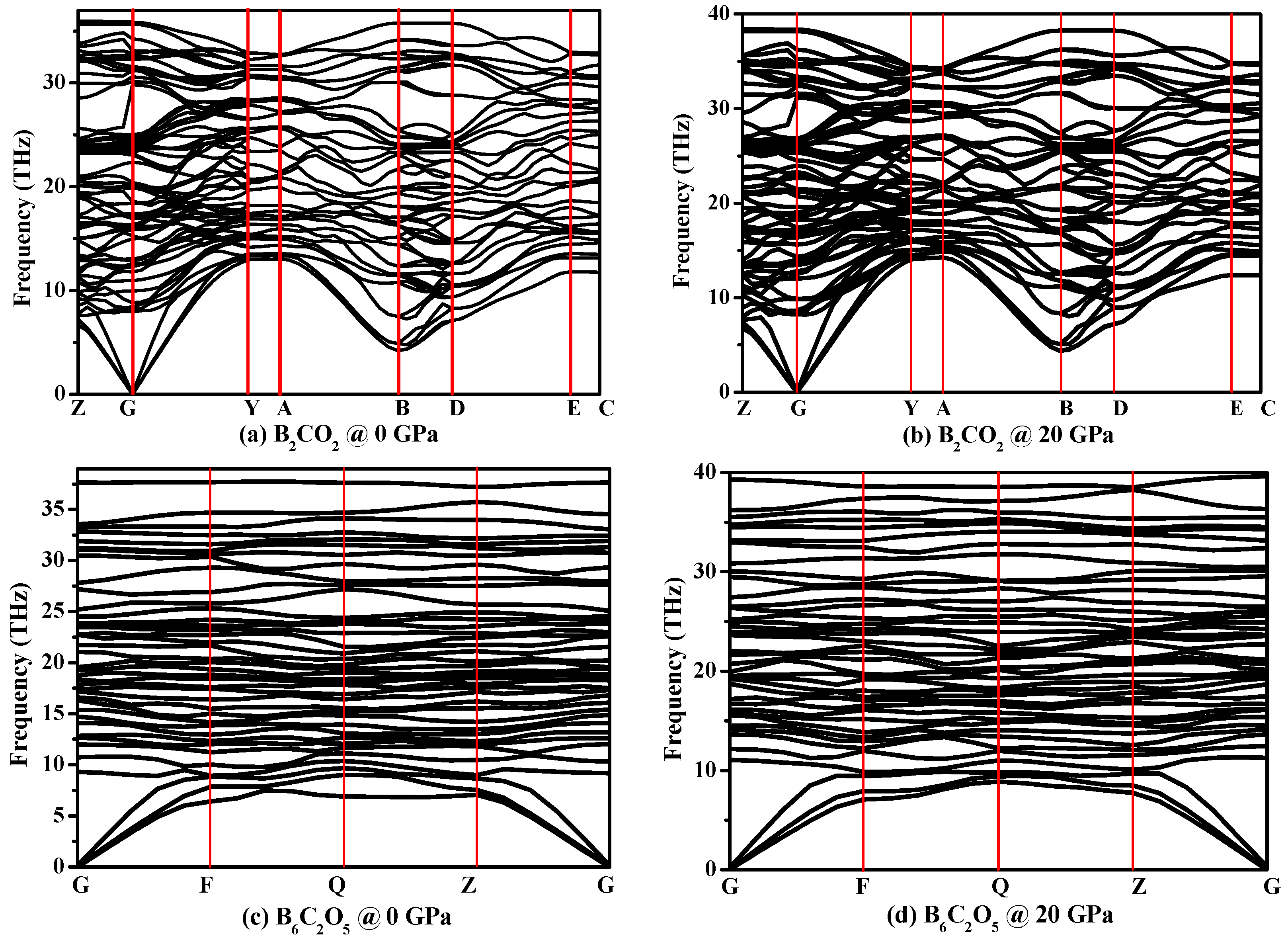Concrete Microstructure Properties And Materials Pdf To Word
• 48 Downloads Abstract In order to investigate water and chloride ion transport in damaged concrete, three types of concrete were prepared, freeze-thawing (F-T) cycling and compressive loading were adopted to induce damage to concrete. Ultrasonic pulse velocity technique was used for evaluating the damage degree of concrete, and the defects of damaged concrete were also detected by X-CT. Water absorption and chloride ion penetrability were used for describing the transport properties of damaged concrete. Effects of damage degree on the water absorption rate and chloride ion penetrability were investigated in detail and the relationships were also established. The Hunter Crack Offline Dictionary. The results show that the water absorption of concrete makes various responses to damage degree due to the difference of concrete type and damage method. For same concrete with similar damage degree, the water absorption rate of F-T damaged concrete is usually larger than that of concrete damaged by loading. The chloride ion penetrability of damaged concrete increases linearly with increasing damage degree, which is more sensitive to damage degree if the original penetrability of sound concrete is higher.

Microstructure and Properties of Hardened Concrete. 1.1 Concrete as a Structural Material. 1.2 Components of Modern Concrete. 1.3 Types of Concrete. 1.4 Properties of Hardened Concrete and Their Significance. 1.5 Units of Measurement. Kumar Mehta, Ph.D., Paulo J. Monteiro, Ph.D. Abstract: The most comprehensive and current guide to the properties, behavior, and technology of concrete. This thoroughly updated edition contains new information on: • Recently built construction projects worldwide • Shrinkage-reducing admixtures.
THE MOST COMPREHENSIVE AND CURRENT GUIDE TO THE PROPERTIES, BEHAVIOR, AND TECHNOLOGY OF CONCRETE. This thoroughly updated edition contains new information on: Recently built construction projects worldwide; Shrinkage-reducing admixtures; Self-consolidating concrete, pervious concrete,.
Microstructure Microstructure is the very small scale structure of a material, defined as the structure of a prepared surface of material as revealed by a microscope above 25× magnification. The microstructure of a material (such as,, or ) can strongly influence physical properties such as strength, toughness, ductility, hardness, corrosion resistance, high/low temperature behaviour or wear resistance. These properties in turn govern the application of these materials in industrial practice. Microstructure at scales smaller than can be viewed with is often called, while the structure in which individual atoms are arranged is known as. The nanostructure of biological specimens is referred to as. A microstructure’s influence on the mechanical and physical properties of a material is primarily governed by the different defects present or absent of the structure. These defects can take many forms but the primary ones are the pores.